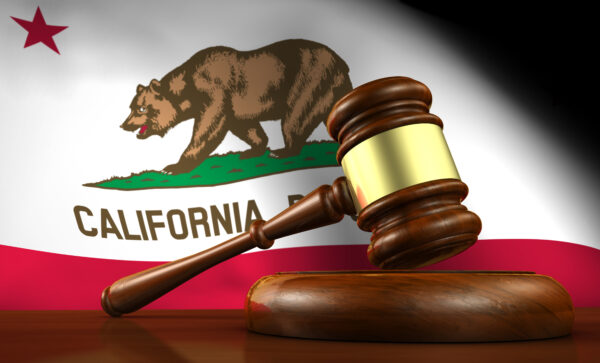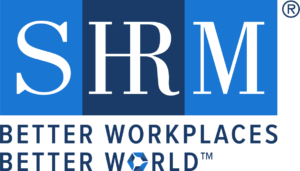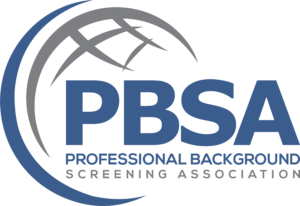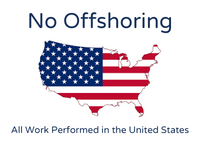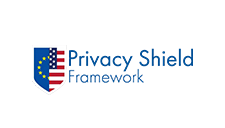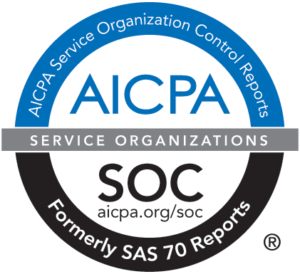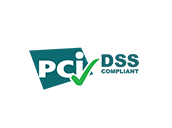A hiring manager, eager to fill an exciting new role in the company, reacquaints himself with a candidate’s resume as he takes a seat across from him. The hiring manager jolts involuntarily, surprised to see a gray-haired man likely in his late 50s—a much older person than he had envisioned for this cutting-edge job. While the interview goes well, the hiring manager feels that the candidate’s age makes him a bad fit.
Elsewhere, a vice president ponders which project manager would be the best person to assign responsibility for developing a new feature on the company’s signature app. Contingencies aside, the choice is clear: Mikalah has had far and away the most success of anyone on the team and is eager to jump into this new assignment. But Mikalah announced last week that she’s pregnant, and while she hasn’t yet requested leave, the VP assumes Mikalah won’t be able to do as good a job this time around. So after a moment’s consideration, the VP opts to assign the project to Doug.
After receiving complaints about unequal pay, an HR director conducts a pay audit of their workplace, discovering that the complaints have merit. By and large, men in the company are paid more than women, and in many cases, the disparities seem to be based only on gender. Merit, seniority, and productivity didn’t seem to enter the equation.
Each of these scenarios illustrates what discrimination can look like in the workplace. Discrimination occurs when people are treated differently or less favorably; it becomes illegal in the employment setting because a person belongs to a protected group.
Discrimination is often harmful, jeopardizing people’s jobs and careers, adding to their stress, and putting their health at risk. In addition, employers who engage in or tolerate unlawful discrimination can face devastating lawsuits.
Antidiscrimination Law
Under federal law, it is illegal for an employer to discriminate against an applicant or employee based on age (40 or older), disability, genetic information, national origin, race or color, religion, and sex (including pregnancy, gender identity, and sexual orientation). These are called protected classes. Federal law also prohibits discrimination against an individual who complains about discrimination, files a charge of discrimination, or participates in an employment discrimination investigation or lawsuit.
Federal antidiscrimination laws include, but aren’t limited to, the Age Discrimination in Employment Act (ADEA), Equal Pay Act, Genetic Information Nondiscrimination Act (GINA), Americans with Disabilities Act (ADA), and Title VII of the Civil Rights Act of 1964 (including the Pregnancy Discrimination Act).
State laws may offer additional protections to employees as well. For example, several states have amended their employment discrimination laws to define race as traits associated with race, including hair texture and protective hairstyles. Information about these laws is also available on the platform.
It’s worth noting that discrimination doesn’t have to be deliberate to be unlawful. However, discriminatory outcomes, intentional or not, can put your organization at risk.
Types of Unlawful Discrimination
Unlawful discrimination will generally fall into one of the following categories:
- Unfair treatment occurs when an employee or applicant is treated differently than others similarly situated because of a protected class or protected conduct.
- Disparate impact can happen when a neutral employment policy or practice disproportionately impacts persons within a protected class.
- They are failing to undertake specific actions prohibited or required by law. For example, failing to reasonably accommodate a known disability of an employee or applicant.
- Harassment is unwelcome conduct based on a protected class; this includes sexual harassment. Harassment becomes unlawful when either enduring the offensive conduct becomes a condition of continued employment, or the conduct is severe or pervasive enough to create a work environment that a reasonable person would consider intimidating, hostile, or abusive.
- Retaliation is punishing an employee (or treating them unfavorably) for complaining about job discrimination or assisting with a job discrimination proceeding, like an investigation or lawsuit.
The best way to avoid discrimination is to base employment decisions only on job-related factors.
Responding to a Complaint
If you receive a complaint that an employee has violated your discrimination policy, conduct a complete and well-documented investigation into the allegations. Assume neither guilt nor innocence and make no promise of a particular outcome. Instead, please speak with the employee who made the complaint, the accused employee, and any witnesses they name. Ask open-ended, non-accusatory questions.
Once the investigation is complete, document your conclusions and actions taken. If you determine the accused employee violated the company’s discrimination or other workplace policy, take the appropriate disciplinary measures, which may include termination of employment, depending on the severity of the behavior. A memo summarizing the findings should be placed in the accused employee’s file.
It is then essential to inform both the accused employee and the accuser about the conclusions of the investigation and any disciplinary measures taken. The complaining employee doesn’t need to know the specific disciplinary action; that appropriate corrective action was taken. In some situations, it may be advisable to separate employees to limit the potential for future incidents. Still, care should be taken so this step doesn’t harm the employee who raised the complaint.
Companies that do not make changes substantial enough to eliminate discrimination once they become aware of it face greater liability in the event of future issues. You can help reduce risk related to discrimination complaints by conducting a quick, thorough, fair, and well-documented investigation, followed by steps to minimize the risk of such actions happening in the future.
Dr. Patrick K. Collard is the Managing Member & Evidence-based HR Consultant for trustHR | GObackgrounds (San Diego, CA and Brookfield, WI). He has over 30 years of experience as a human resources consultant. He holds a Bachelor of Arts in Law and Society and a Master of Human Resources and Employment Relations with a concentration in Employment and Labor Law from Penn State University. Dr. Collard earned his doctorate from the University of Maryland Global Campus. He defended his dissertation – Recruiting the Untapped Talent Pool of Hiring an Employee with a Criminal Record: A Systematic Review. Schedule a Discovery Call with Dr. Collard at – https://calendly.com/patrickcollard/discovery-call

